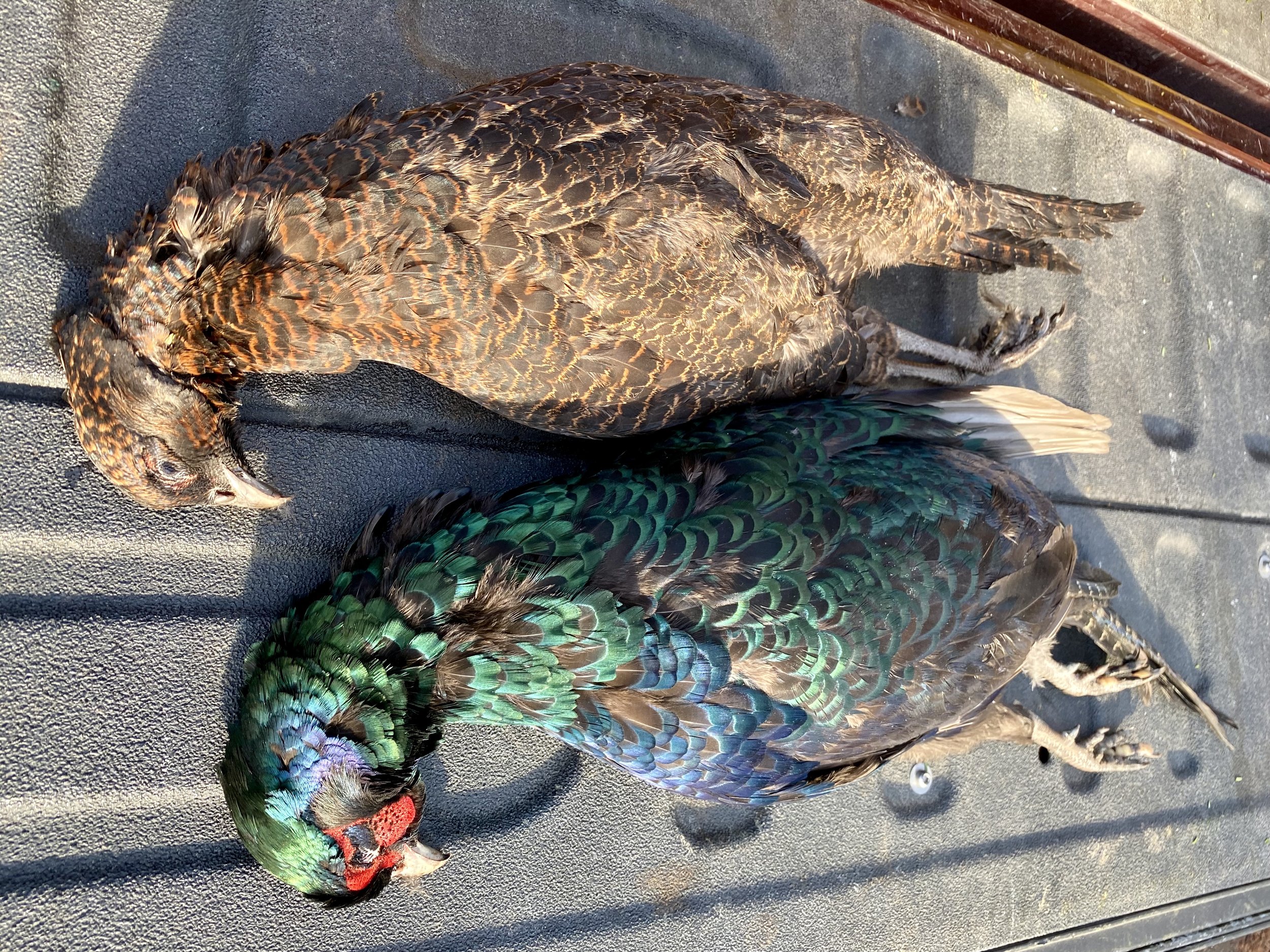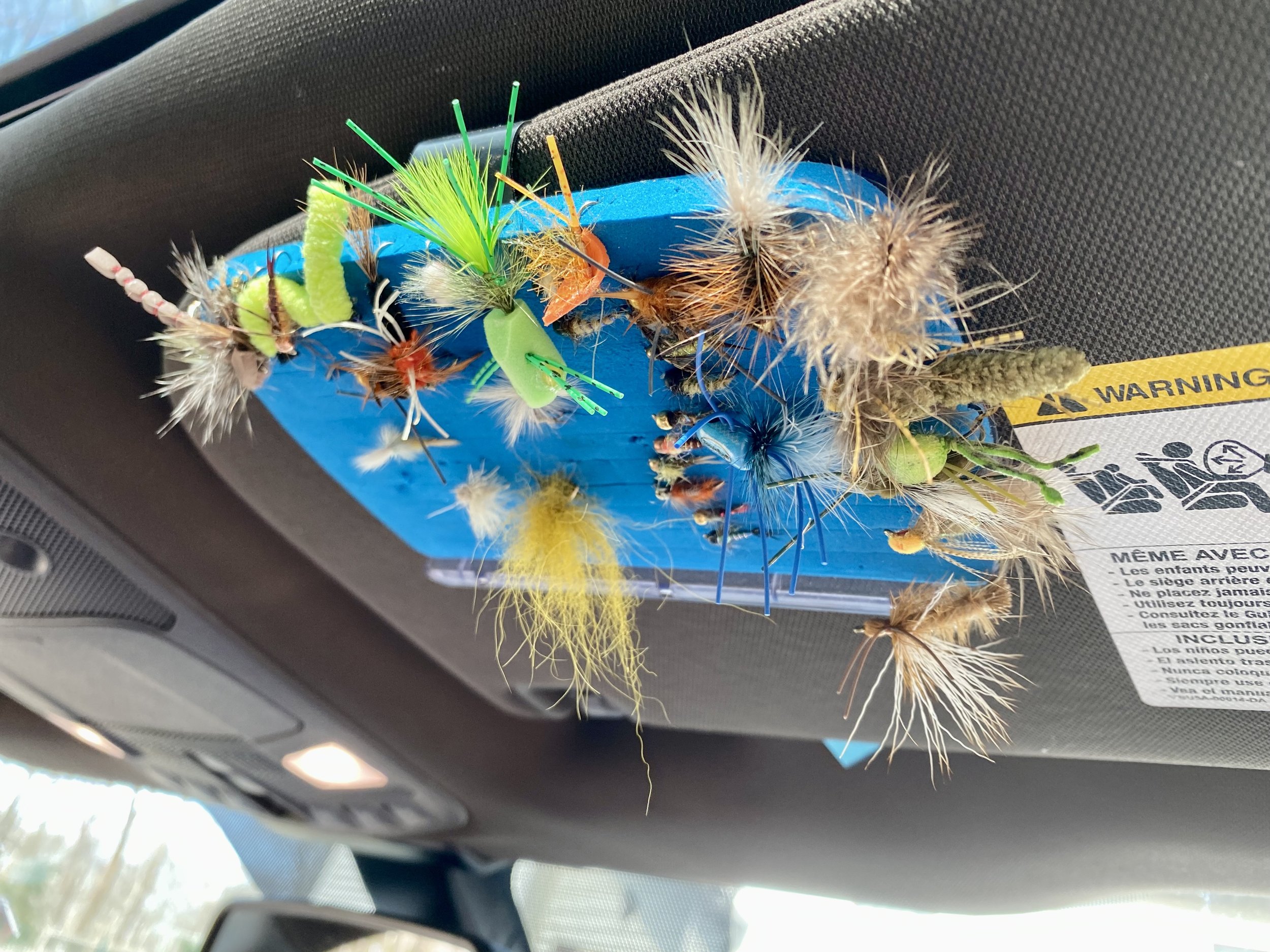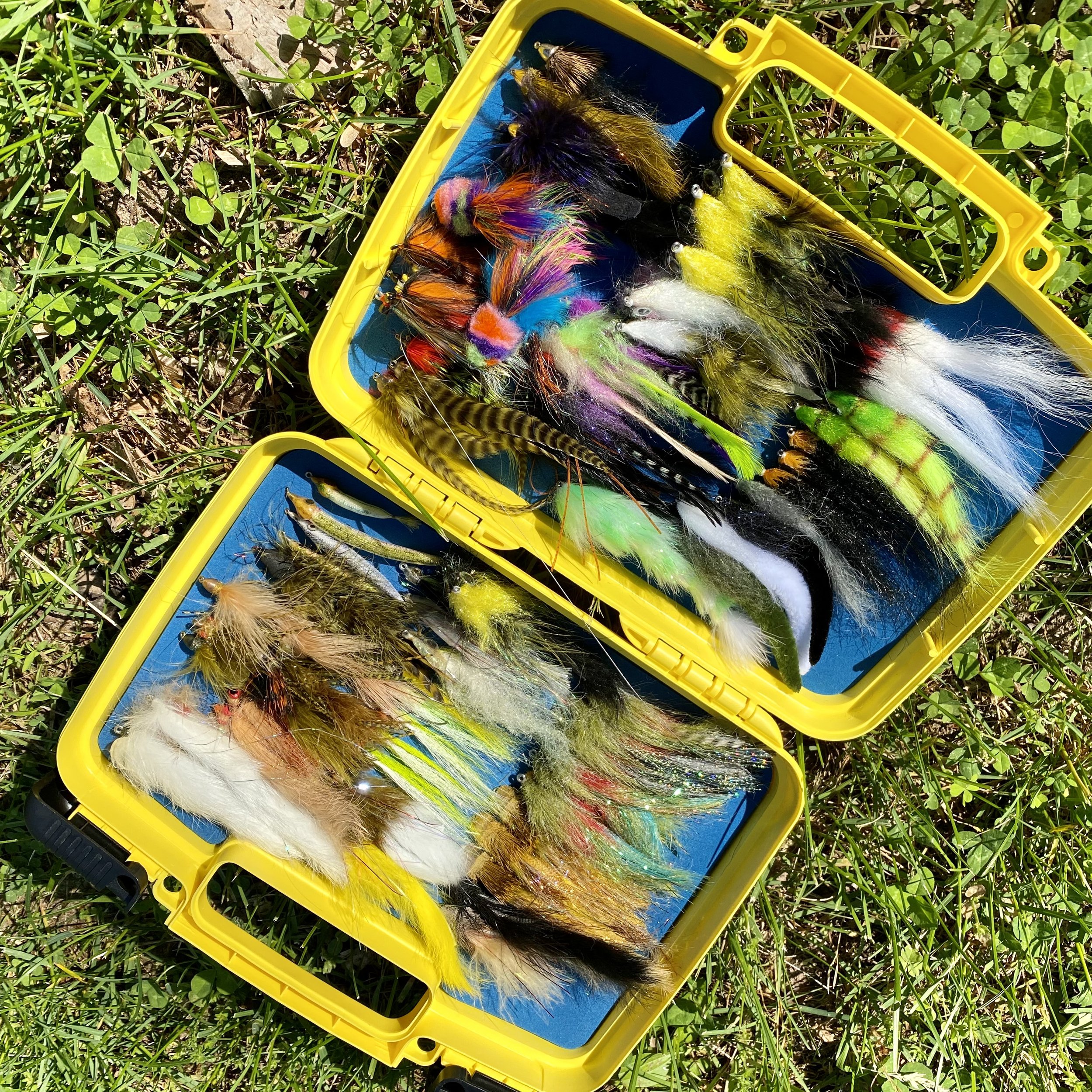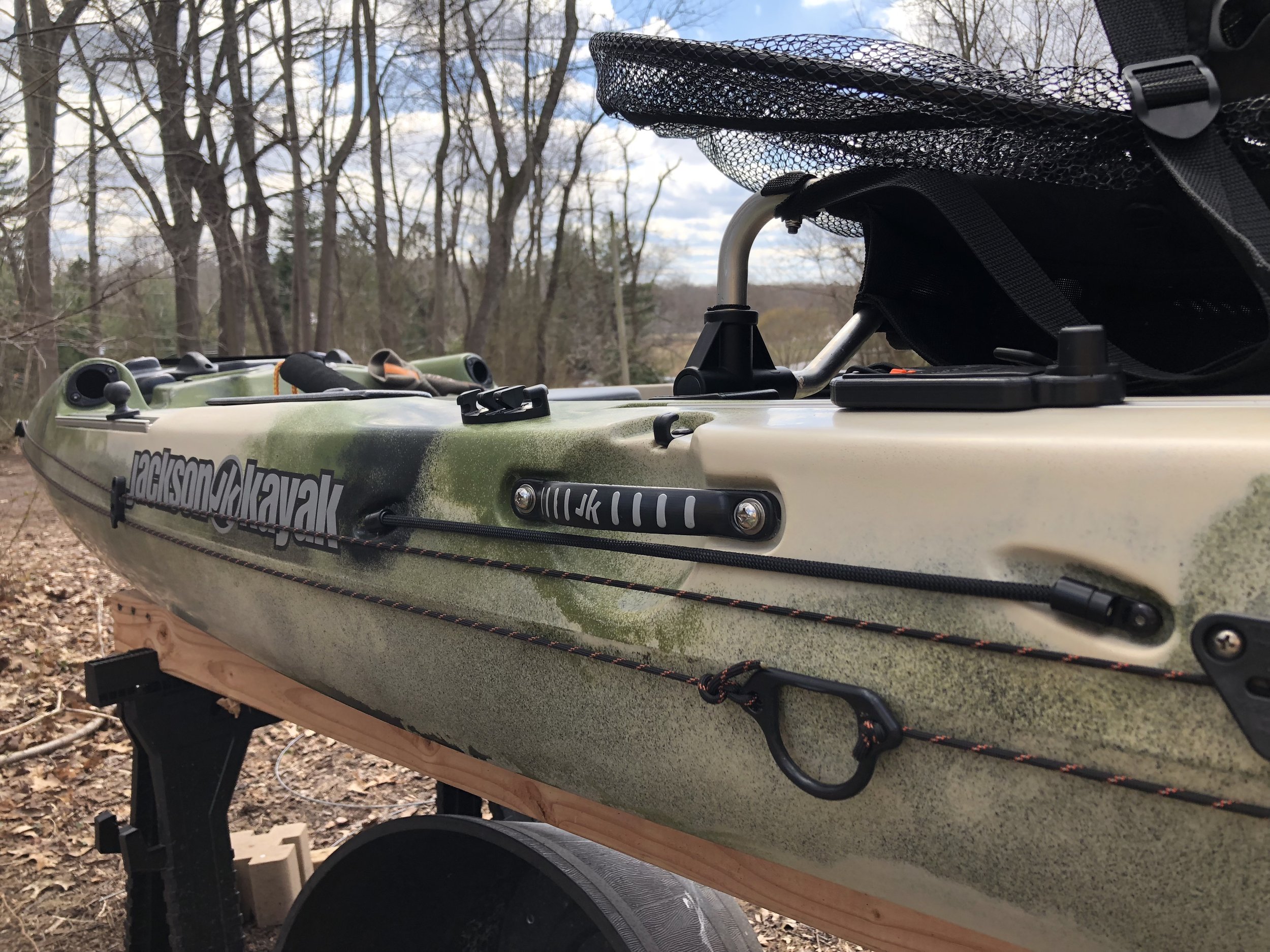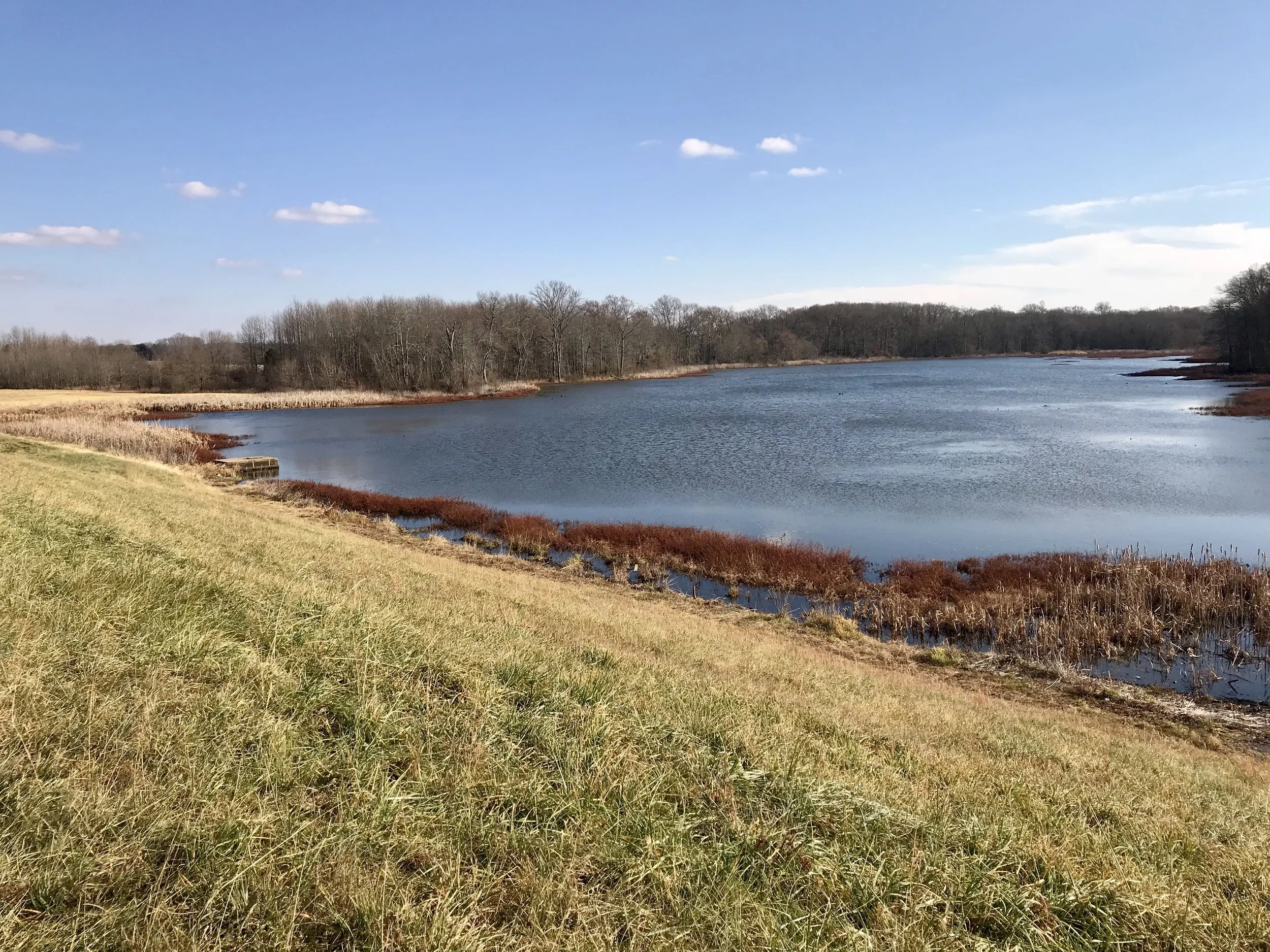There is no other way to put it. If you are a fly fisher, winter sucks. Sure, you can trudge through the snow, dealing with your fly line frozen in the guides of your fly rod, and suffer the pitfalls of hyperthermia to catch a few sluggish trout. But what if your favorite quarry is a sunfish? I don't know about you, but staring at a hole in the ice just doesn't cut it for me. So how do you get through the off-season without going crazy?
Once the hunting seasons are over, cabin fever begins to set in.
Well, there is always hunting, and many of us turn to it to keep us active in the outdoors when the fishing season winds down. But eventually, hunting season winds down, and we still face weeks of winter. Here are a few things to keep you occupied until things warm up again.
Organize Fly Boxes
By the end of the season, my fly boxes are a hot mess. There are big holes where favorite patterns have been used up. Dry flies stashed away in nymph boxes, and streamers stuck in the boat carpeting where they were left to dry on that summer smallmouth trip. Poppers and foam bugs seem to be tucked everywhere. By midseason, I don't even fish out of my boxes anymore. Instead, I usually tie a few flies the night before a trip and stash them in an old Altoids tin. By the end of the season, I have accumulated quite a collection of these small containers stuffed with flies of all types. Now is the perfect time to give them a permanent home.
Flies accumulate in all kinds of places throughout the year. Now is the time to collect them all and put them back where they belong.
It doesn't matter how you organize your flies, but having some system in place can save time on the water. So whether you organize them by season, species, fly type, or location, do it in a way that makes sense to you.
The winter months are also the ideal time to purge those boxes of patterns you don't fish anymore and those flies that have been chewed to an unrecognizable form. All those newly created spaces in your box can be filled with new patterns to try in the upcoming season.
Winter is a great time to fill up those holes in your fly boxes.
A freshly restocked streamer box ready for bass season.
Restock Fly Boxes
Whether you tie your own or buy them, winter is a great time to get those fly boxes back in shape. After re-organizing my fly boxes, the holes become pretty obvious. As a fly tier, now is the time when I make my list of all of the flies I need to tie to replace those used up during the season. If you don't tie your own, that list serves as a shopping list to work on during the off-season. Visiting your local fly shop during the winter is welcomed by shop owners who often struggle to pay the bills this time of year. So stop in and fill up those fly boxes for the upcoming season.
Visit your local fly shop during the winter. They will appreciate the business!
Clean, Repair, and Replace Your Gear
Every season, some piece of gear is lost, broken, or worn out. This year it was a pair of waist-high wading pants I wear during the cooler months when roaming the shores of my favorite ponds. I noticed the leak in late spring but never addressed it. Then, as I was getting ready for the upcoming season, I came across the waders and remembered to send them out for repair. Unfortunately, they could not be repaired, but there was still time to order a new pair for the upcoming season.
This is also the time of year to clean and inspect my fly lines. Lines used in warmwater will benefit from regular cleaning due to the dirt, mud, and algae associated with this type of fishing. Fly lines don't last forever, and I seem to go through them faster fishing in warm water. Any line that shows signs of wear, such as checking or splitting, or doesn't float as high as it used to gets earmarked for replacement.
Tippet material stored in the truck is replaced at the end of each season.
Next on the list is replacing all of my tippet material. I tend to carry my tippet material where it is exposed to sunlight while fishing, and I store it during the season in my truck, where it is exposed to high temperatures during the summer. UV light and high heat will quickly break down tippet material, so whatever is left over at the end of the season is replaced with new (or at least properly stored) tippet. I will also go through my assortment of leaders and replace what is needed.
In addition to flies and gear I make sure my watercraft are ready for the upcoming season.
Prep your gear for the upcoming season.
Once fly boxes are restocked and lines and leaders have been squared away, I will get my gear together, so it is ready to go when I need it. My larger boat and kayak have equipment permanently stored in them. So I give them an inspection to make sure everything is ready to go with the arrival of warmer weather. For most of my walk/wade fishing, I fish out of a sling bag or waist pack. So I take the time to go through those packs and ensure everything is up to speed and adequately stocked with everything I need.
When it is too cold to fish it is a great time to scout out new waters.
Scout Out New Waters
Winter is typically the time when I will scout out new waters. I keep a running list of places I want to try, and during the colder weather, I will visit them to determine the best routes to get there, ramp conditions, nearby amenities, etc. If a spot shows promise, I add it to the list of new places to try in the spring.
Now is the time to refill those fly boxes!
Tie flies
My favorite winter activity is tying flies. I replace flies lost or worn out during the previous season and spend a lot of time developing new patterns or tweaking existing ones. Although I tie flies all year long, the bulk of the fly tying occurs during the winter when my favorite waters are encased in ice.
Even my furry companions get the blues during the winter.

